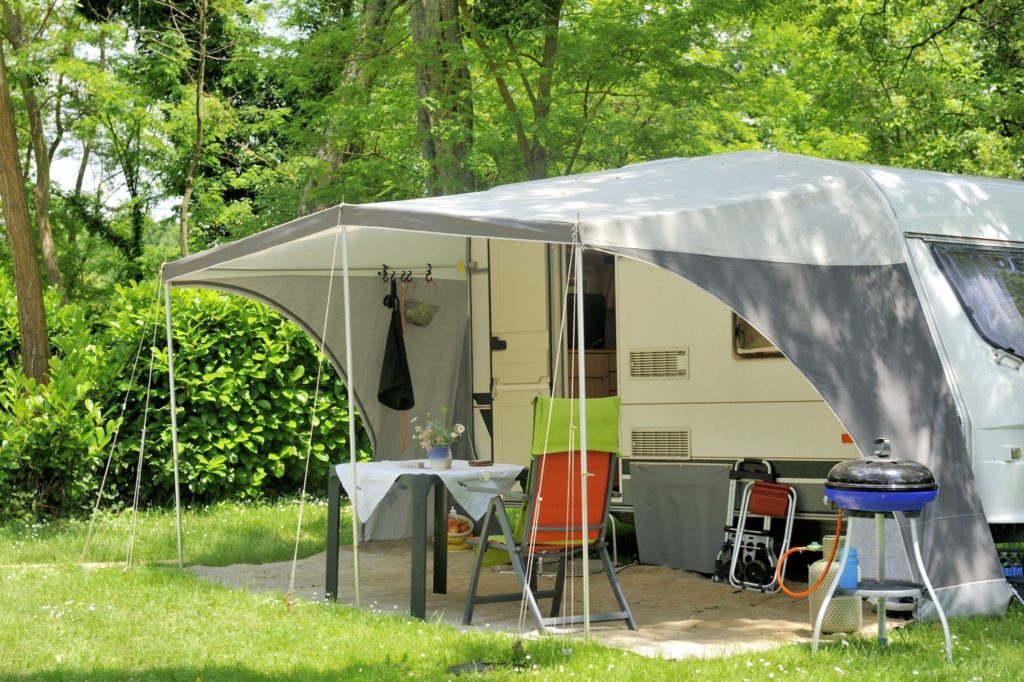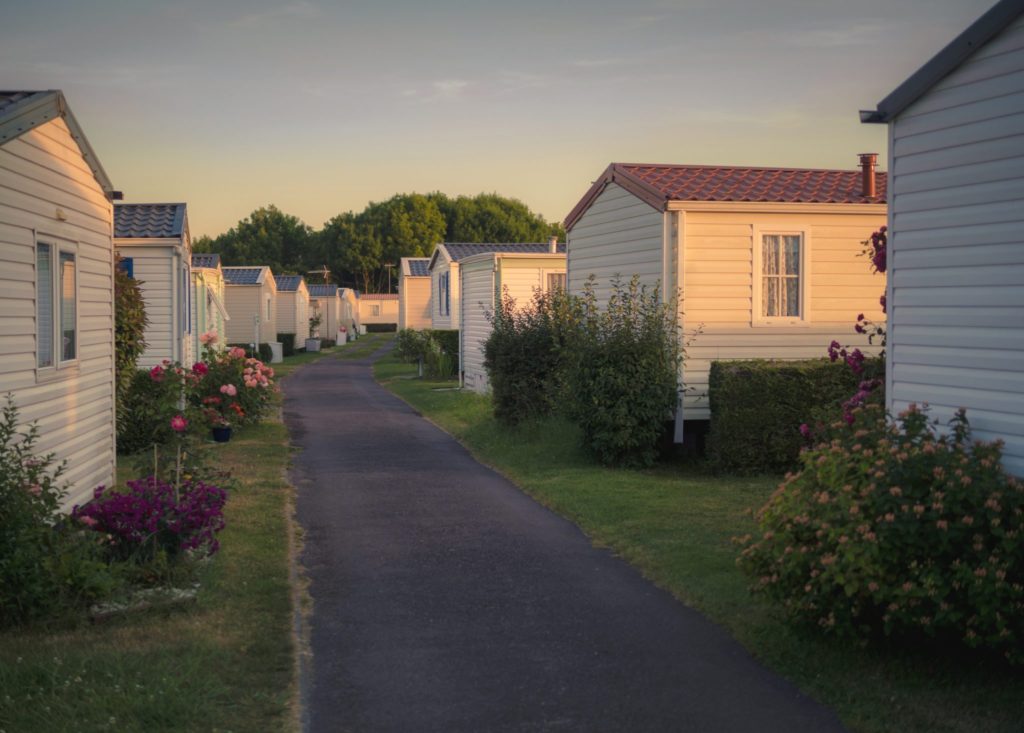Floors for recreational vehicles and mobile homes
Insulation is one of the most important features for a floor in a recreational vehicle and needs to be considered for all scenarios. Most owners of recreational vehicles and mobile homes give it top priority when doing renovations. What type of floor is best? Is polystyrene as insulation worth it; does linoleum work; and what about carpeting?
One thing is to protect the bottom from the outside. As a rule, the manufacturer provides a protective layer against moisture, salt and flying rocks, but this layer needs to be renewed from time to time. Another issue is maintaining the floor from the inside. An overview illustrates the possibilities for the case where you don’t need to cut out the entire floor, e.g. because of rot. You only need to polish the top to keep it lasting longer.
A wooden floor itself is impractical
One option is to leave the traditional wooden floor in the vehicle. You need to take good care of it because rot could set in on account of moisture. You will need to use a permeable paint so that the wood can breathe. The problem is a wooden floor is hard and uncomfortable for prolonged walking and totally unsuitable if you have children who are used to playing on the floor. One plus is it’s easy to clean, for example, sweeping up pet fur. It’s a good choice if you are building a retro vehicle, but in other cases a more modern solution would be better.
If you are expecting to fix up an old recreational vehicle, choose a material like PVC, linoleum or modular floors.
Carpeting is pleasantly soft
If your floor has no problems that require reconstruction and it’s just your feet that are cold or you want something in front of your bed or in other places, then choose a rug. A second option is to cover the entire floor with it. In any case, it’s better to pay a little more to get a stronger carpet of heavier weight; it can even be load-bearing. But be prepared to take your shoes off before you walk on the carpet. It’s not quite suitable if you have pets because their fur clings to it and often not even your vacuum cleaner can remove it. And plant needles brought in from the outside are also hard to remove. The advantage is warm feet and a pleasantly soft surface.
Linoleum is well maintained
Linoleum is often used as the floor in a recreational vehicle. A huge plus is its easy maintenance; just wipe or sweep it and it’s cleaned. The problem is cold feet. It’s not so bad when driving during the summer heat, but people who drive an RV in winter get themselves a carpet. To keep your feet from getting cold, you need to walk on linoleum in either shoes or slippers; if you go barefoot in summer, all the dirt on the floor is going to stick to your feet.
Insulating the floor can help improve the coldness of linoleum. In any case, you can forget about ordinary polystyrene, which absorbs water. You must get either moisture-proof or the traditional foam pad Mirelon. Special RV shops can advise you on what doesn’t absorb moisture.
Fortelock PVC flooring insulates for you
PVC flooring can also be used in RVs and mobile homes. They are good for repairing an old RV, especially for DYI types who prefer to do everything themselves. Installing Fortelock PVC floor tiles is easy; it’s enough to have a rubber hammer available. Parts of it can be easily cut in order to fit in every nook and cranny. Maintenance is similarly easy as with linoleum; the difference of course is its good insulating features. This makes it a good floor for RVs if you’re planning to drive it all year round.
And what about the tent in front of the RV?
There the options are similar. You won’t use linoleum here, but carpeting and modular floors yes. Carpets are more difficult to keep clean. From time to time you need to take it and clean it with detergent and a stream of water. In this case, we do not recommend Fortelock tiles outside, because no PVC likes the sun or high temperatures. Modular flooring like Fortelock can be cleaned with water and detergent and are easily stored. A good choice are modular grids or polyethylene tiles.
Everything has its own solution and all the options listed here are feasible. Linoleum can be heated and a mat can be placed in front of the door to keep the carpet inside from getting dirty. Simply everyone prefers something different.


